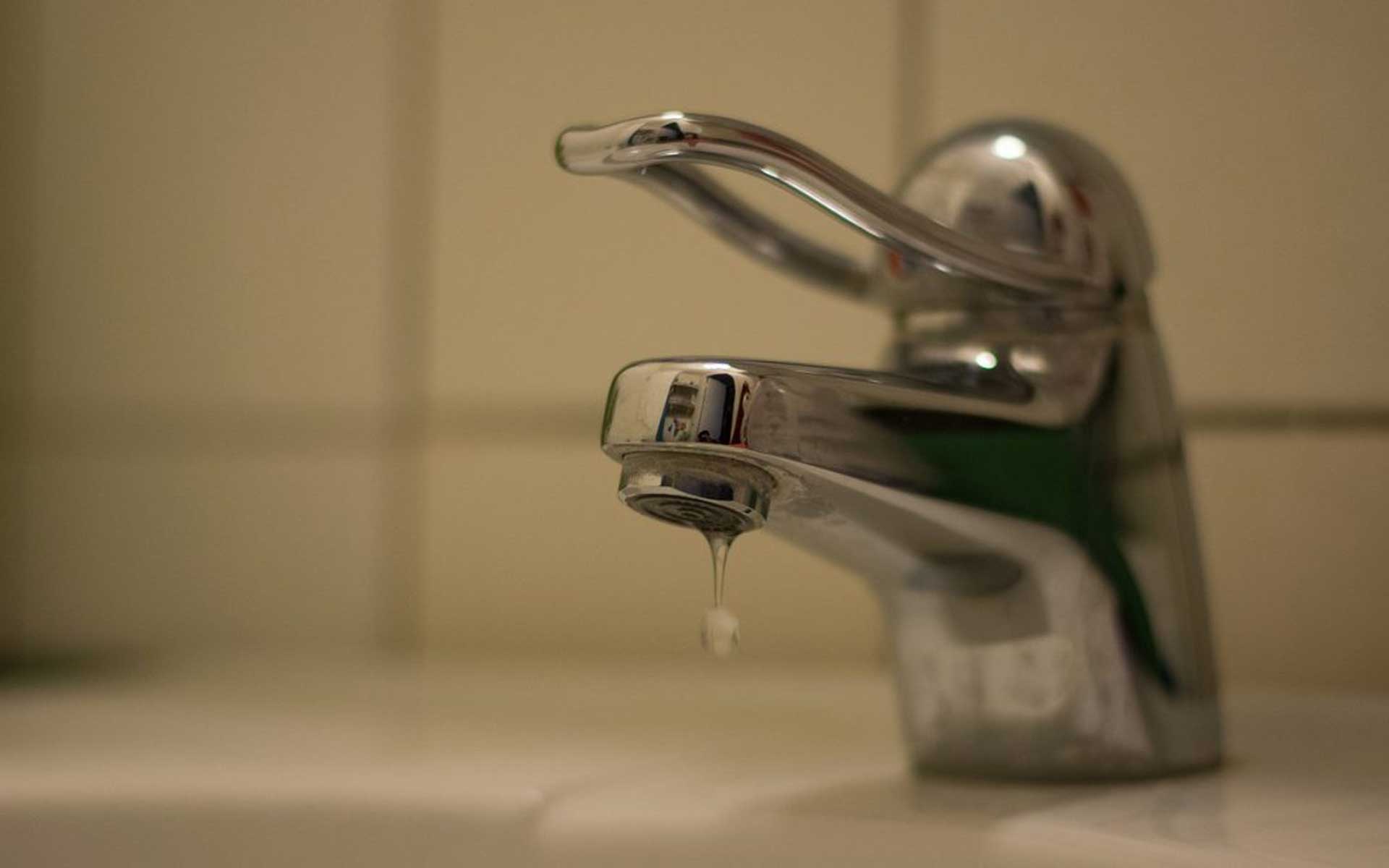It’s early Monday morning. You stumble into the bathroom, willing – if not quite ready – to throw some water on your face and pull yourself together for a long day of work.
You twist the knob just so and stretch your cupped hands under the faucet, preparing to face the morning. And… silence.
Not a drop.
Not a splash.
Not a hint of moisture.
You have no water. At all.
Don’t panic. Here are some common troubleshooting tips if you are on a well system but have no water in your home.
- Check other faucets. The problem may very well be isolated to the room you’re in. If other water sources are in working order, chances are you have a faulty faucet, which is a relatively easy fix.
- Check the power. It might seem like a no-brainer, but so many homeowners panic and call the handyman before checking the breaker box. Your well pump can’t operate if it’s not receiving power. In many cases, problems can be traced back to blown circuits and fuses or damaged components. If you’ve experienced strong storms in your area, a power surge may have caused a short. Breakers that continue to trip, however, in addition to pumps that are still malfunctioning even when receiving power, may signify equipment issues that require a professional’s attention.
- Check your pressure: Your water pump’s pressure gauge should typically read 40 psi or higher. If your gauge is registering lower than 30 psi, and the breaker has not been tripped – you may have a faulty pump motor or a broken wire. On the other hand, if your gauge is reading 40 or above, the problem might be your water filter. Contact your water service specialist.
- Check for leaks: Water can – and will – leak out of a pipe between your well and your home’s water equipment as the result of a bad connection or damage (cracks or perforations). Signs that this might be an issue involve your pump running more frequently than normal, or a wet spot on the ground where the leak occurs. Some homeowners even report geysers of water spraying up out of their lawns.
- Check for stuck toilet flapper or outdoor faucets left on: If you have a stuck flapper or bad shut off valve in your toilet it can cause your well level to pump down leaving you with no water. If this is not corrected your well will not be able to recover. Also, filling pools or just forgetting to turn off outside hose can also over pump well and leave you with no water.
- Check your levels: Droughts and overuse from nearby facilities can cause shallow wells to fall below acceptable levels. Deepening your well may actually be a more cost-effective means of restoring a steady flow, as opposed to adding a secondary well. As a last resort, hydrofracturing can be used to open fractures in surrounding rock using high-pressured water. This increases water flow, and hopefully improves your water supply. Consult a professional for expert guidance.
Keep in mind, murky water, sputtering faucets, and low or inconsistent water pressure can signify problems with your well. If you are experiencing any of these red flags with your home water supply, call the specialists at Easterday-Wilson Water Services at 301-831-5170. Emergency services are available.


